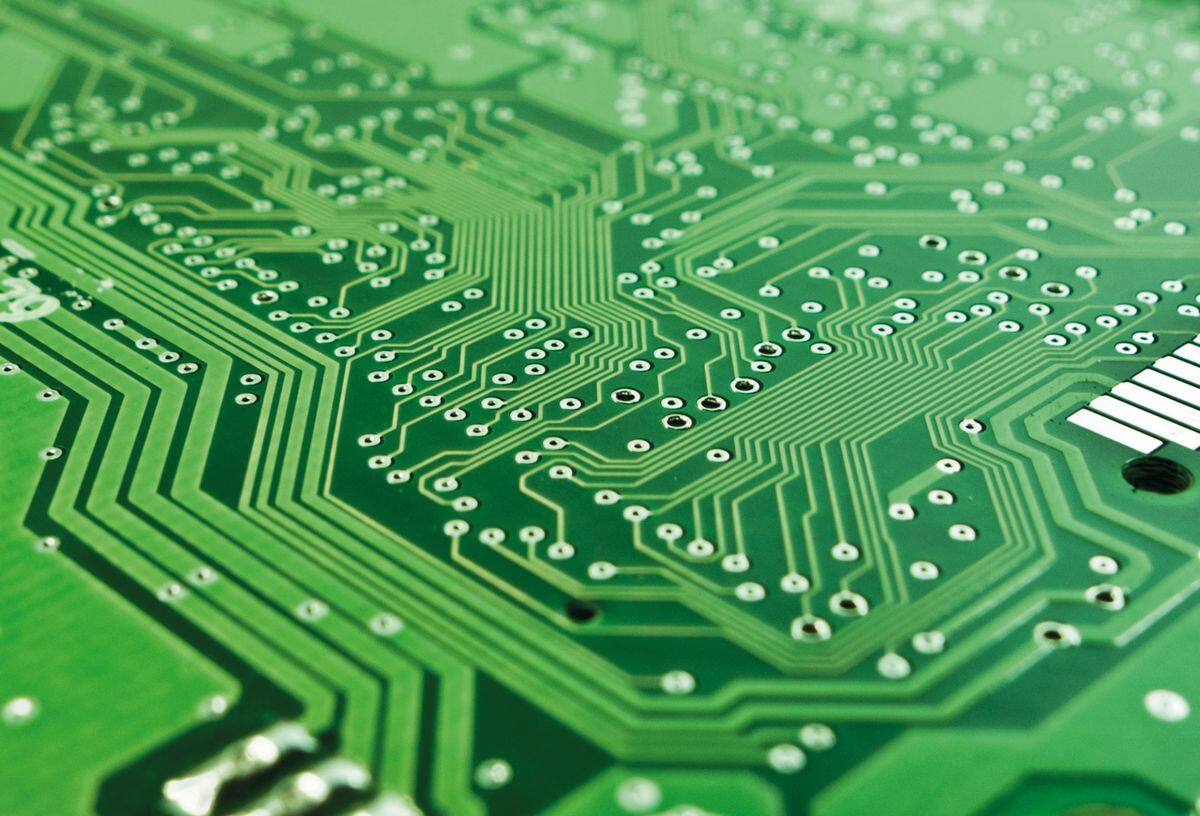Villa í tölvupóstsniði
emailCannotEmpty
emailDoesExist
pwdLetterLimtTip
inconsistentPwd
pwdLetterLimtTip
inconsistentPwd

Fréttir
What do You need to Know when Choosing CNC Milling Backing Plate?
In the process of PCB processing, the positioning pin is used to position the PCB to be processed on the workbench of the milling machine, so that the shape of the PCB can be processed conveniently and accurately, which is the so-called digital milling board positioning.

Milling plate requires simple and reliable positioning, rapid loading and unloading of plates, and removal of chips at the same time. There are many positioning methods. For example, the reciprocating table is designed for some CNC milling machines. When one workbench is processing, the other workbench is loading and unloading. In addition, two sets of milling locating plates are used. When processing a milling positioning base plate on the workbench of the NC milling machine, another milling positioning base plate is loaded and unloaded on the platform. It only takes a few seconds to replace these two.
Locate a milling backing plate with a pin on the workbench. The pin fits tightly with the hole and groove of the workbench and fits with the milling backing plate. At the same time, use the pin to position the milled plate on the milling base plate. The pin is required to fit with the milled plate and press fit with the milling backing plate. Of course, it is also used in reverse.
A milling backing plate is a kind of intermediate positioning fixture, which requires reliable positioning, rapid loading, and unloading of plates, reducing auxiliary time, and improving production efficiency. Before milling the profile, pre-mill the groove with the same outline size as PCB on the milling backing plate. Generally, the groove width is the actual milling cutter diameter plus 0.5mm. The groove depth is 2.5mm. In the process of machining, it is a tool path. Due to the function of a vacuum cleaner, airflow is generated in the groove to remove chips, making the machining surface cleaner, preventing chips from blocking the milling cutter chip removal groove, and reducing the sharpness. During processing, the milling cutter should extend into the groove of 1.5 ~ 2 mm. This can prevent the deviation of PCB processing size, because the milling cutter cuts into the plate continuously, resulting in end wear, diameter reduction, and allowable end diameter reduction in the manufacturing of the milling cutter. Of course, the deeper and wider the chip removal groove on the milling backing plate is milled, it will be more conducive to the smooth flow of airflow, chip removal, and cleaner machining surface.
There are three kinds of milling pads for CNC Milling:
- Special milling backing plate. The printed circuit board corresponds to a set of milling pads. When a batch is finished, it is stored for reuse. This can shorten the preparation time, simplify the operation, and is suitable for long-term use. Usually, in the processing workshop, the chip removal slot is milled first, and then the pin is added. However, floating zero coordinates should be recorded. Of course, the so-called soft positioning can also be used.
- Semi-special milling backing plate. The so-called semi-special milling backing plate is a common milling backing plate for several printed boards. Its advantage is to reduce the cost of batch repeated production, simplify operation and save time. The problem is that locating pins are often removed or installed so that one PCB can be ground before another PCB.
- Consumable milling backing plate. On the milling backing board, mill one kind of printed board and then another. There is no similarity in each. However, because each printed circuit board must be positioned separately, milling the chip chute will waste some machine time. Therefore, select the appropriate milling backing plate according to the actual situation.

